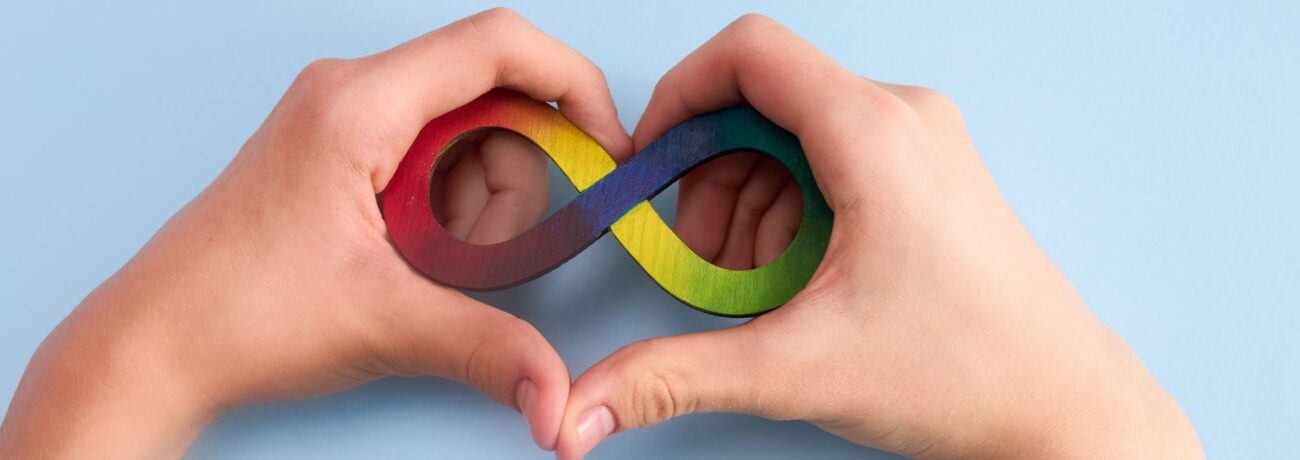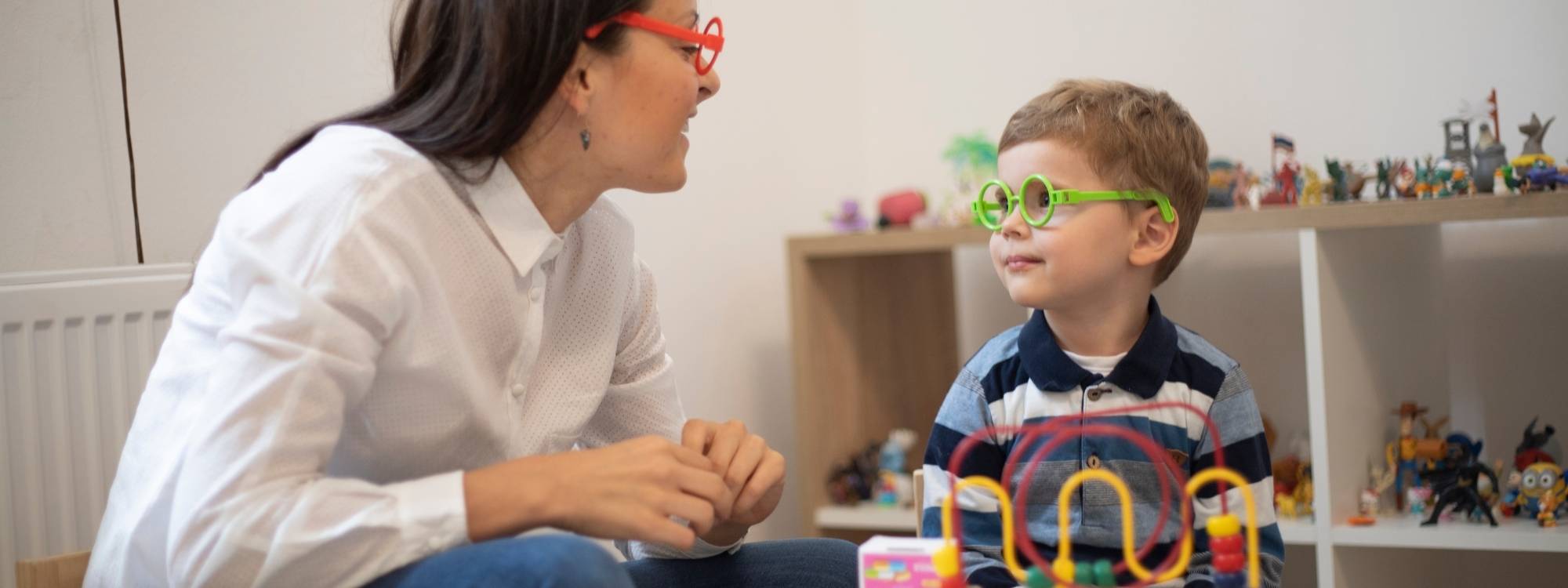Celebrating Autistic Pride Day
Introduction to the Community
Autistic Pride Day is more than a symbolic celebration; it is a grassroots movement led by and for autistic people. The day was first celebrated in 2005 by the organization Aspies for Freedom, inspired by the gay pride movement, with a focus on pride, visibility, and the full acceptance of autistic individuals as valued members of society. The event has since become a powerful expression of neurodiversity, challenging outdated beliefs and stereotypes about autism.
Unlike many autism-related awareness events, it is not designed to raise awareness about deficits or seek cures. Instead, it celebrates autistic identity as a vibrant autistic community event and the infinite possibilities autistic individuals bring to the world. The day centers on autistic voices, experiences, and advocacy, showcasing pride in being different, not less.
Led by autistic self-advocacy organizations and individuals, the event fosters self-acceptance and promotes societal change. It is a reminder that the most important thing isn’t to “fix” autistic people, but to change other people’s attitudes and support inclusive spaces where everyone can thrive.
Symbols of Identity
Symbols are a powerful part of any movement, and it has their own distinct visual identity. The most recognizable symbol is the rainbow infinity sign, which represents the diversity and infinite variations of experiences within the autism spectrum. Unlike traditional puzzle piece imagery, which some see as limiting or pathologizing, the infinity symbol affirms the broad and beautiful range of autistic identities.
Alongside the infinity symbol is the Autistic Pride Flag, which often features the rainbow infinity on a solid background. This flag is freely available for use under a Creative Commons license and serves as a visible reminder of unity and pride in neurodiversity, supported by autism organizations worldwide. For many autistic advocates, these symbols reflect not only identity but also resistance against narratives that stifle autistic people or portray them as broken.
These images are commonly used by autistic activists, community groups, and allies to show support, promote understanding, and foster greater visibility. Displaying the flag or symbol during Autistic events or on social media can be a meaningful way to celebrate.
The Autism Spectrum
The term “autism spectrum” refers to the wide range of traits, challenges, and strengths found in autistic individuals. No two autistic people are alike, and it embraces this diversity as a key force for change. Rather than trying to categorize autistic individuals as “high” or “low” functioning, the spectrum encourages a more nuanced understanding of neurodiversity.
Autistic people often experience the world differently, from sensory sensitivity to alternative communication styles, and these differences are part of what makes each unique. Autistic Pride Day emphasizes that these differences should not be feared or corrected but respected and supported.
The community also pushes back against narrow clinical definitions of autism spectrum disorder and instead champions a broader, more affirming view. By celebrating each person’s unique path, strengths, and potential, we help challenge misconceptions and build a foundation for greater acceptance.
Global Celebrations
It is a truly international event celebrated on June 18 every year. From London to Lagos, autistic people and allies come together to highlight the importance of acceptance, community, and pride. These events take many forms, ranging from in-person meetups to digital campaigns, panel discussions, and community art projects.
The Autistic Pride Alliance and groups like the Autistic Empire often coordinate and share information about upcoming events. In cities like London, Local chapters and other autism organizations have hosted public festivals and inclusive gatherings under banners like London Autistic Pride. Meanwhile, online events such as the Autistic Pride Online Celebration allow individuals to participate from anywhere in the world.
Celebrations often include:
- Storytelling events or zines featuring autistic authors
- Social media campaigns promoting neurodiversity hashtags
- Virtual roundtables or panels with autistic advocates
- Displaying the Autistic Pride flag in public or at schools
- Educational workshops by autism rights groups and other charities
These global observances foster a sense of belonging and encourage people of all ages to reflect on how they can support autistic voices in their communities.
Conclusion
Celebrating Autistic Pride Day isn’t just about a single event; it’s about creating lasting visibility and change. The autistic community continues to grow in strength, exploring endless opportunities while proudly sharing stories, challenging societal norms, and advocating for inclusion. As we move forward, there is a growing recognition of the importance of autistic-led advocacy and storytelling in reshaping public understanding.
With more autistic events, publications, and movements gaining visibility worldwide, it remains a powerful reminder that the world is stronger when we embrace neurodiversity. By supporting unique individuals and autistic organizations while fostering understanding, we help build a more inclusive human society where autistic people can live with dignity and pride.
Inspired by Autistic Pride Day and want to support your child’s unique strengths better? At Champions ABA, we provide personalized, evidence-based therapy that celebrates neurodiversity while helping autistic children thrive. From social skill development to sensory support and autistic pride reading, our team is here to guide your family every step of the way. Call (877) 242-1744 or visit our website to learn how we can help your child grow with confidence and pride.
FAQs
Is there a pride flag for autism?
Yes. The Autistic Pride flag features a rainbow infinity symbol, which represents the diversity and infinite potential within the autistic community. It is often displayed on a solid background and used during pride celebrations to promote visibility and self-advocacy.
What is the symbol for Autistic Pride Day?
The main symbol is the rainbow infinity sign. It stands for infinite variations in the ways people experience the world as autistic individuals. This symbol is a positive and empowering alternative to traditional imagery like puzzle pieces.
How to celebrate Autistic Pride Day?
You can celebrate Autistic Pride Day by sharing content from autistic advocates, participating in online or local events, displaying the pride flag, or supporting autism-led organizations. The goal is to amplify autistic voices and promote self-acceptance and understanding.
Who created Autistic Pride Day?
Autistic Pride Day was created in 2005 by Aspies for Freedom, a self-advocacy group led by autistic individuals. The founders, including Gwen Nelson and Larry Arnold, were inspired by the gay pride movement and sought to create an event that emphasized autistic identity and community pride.



